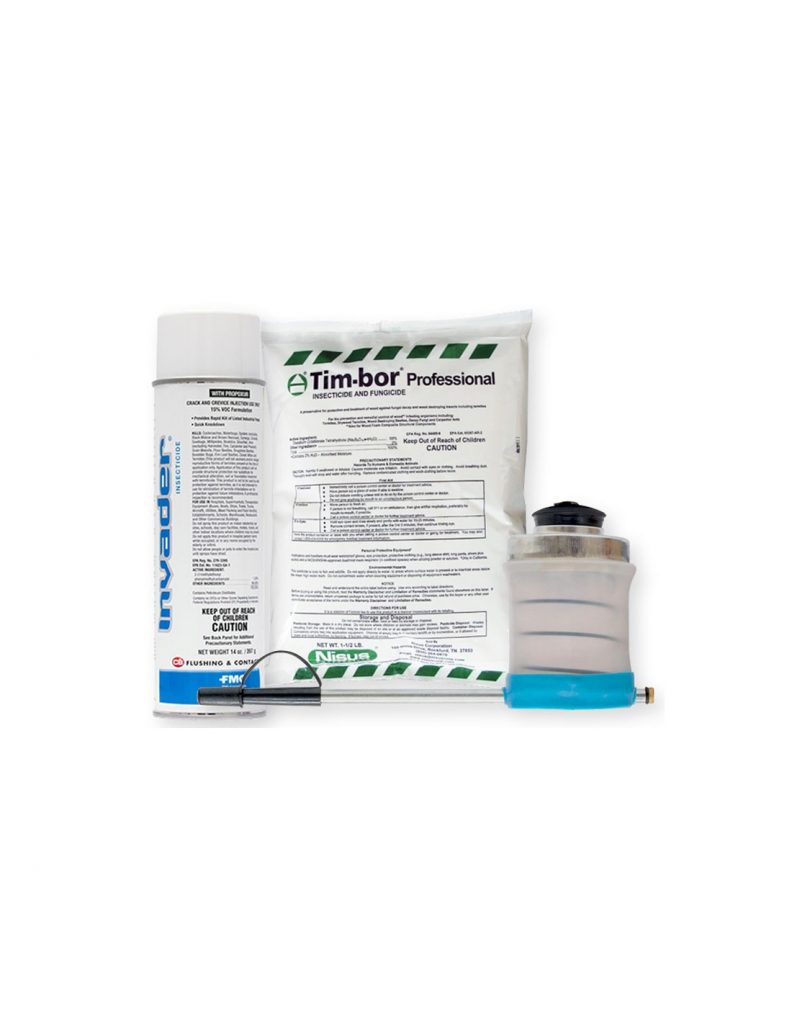Termites are a common problem in many households, but they can be difficult to get rid of. Spot treating termites is an effective and efficient way to tackle the problem quickly and easily. In this article, we will explore the best ways to spot treat termites, so you can get rid of them without having to go through the time and expense of a full-scale termite treatment.
Subterranean Termites
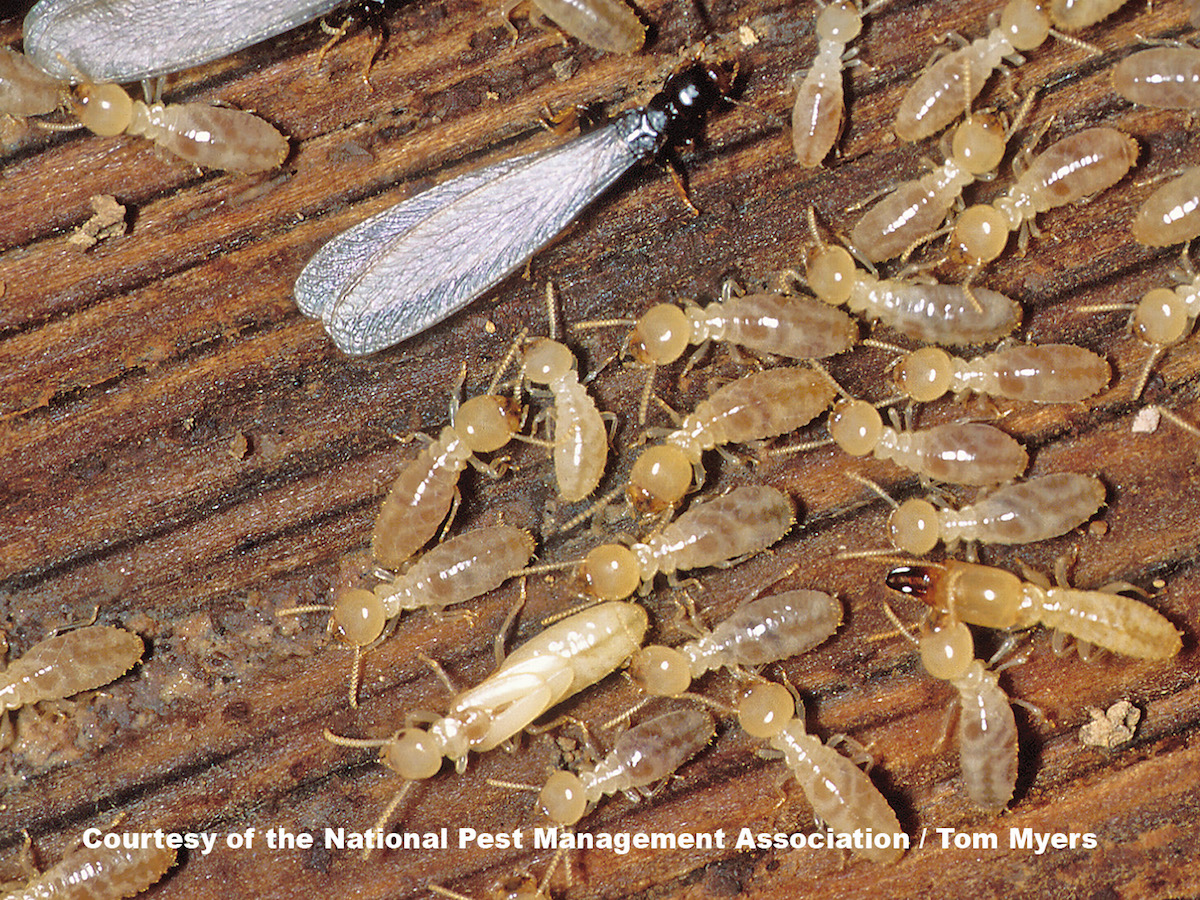
Subterranean termites can be effectively treated by spot treating their nesting sites and tunnels with a termiticide. This method involves injecting a termiticide into the soil surrounding the nesting site, or directly into the tunnels, to eliminate termites inside.
Treating Nesting Sites
To treat the nesting sites, the termiticide should be applied in a circular pattern around the site, at a depth of 6 inches. This will create a barrier that will stop termites from entering or exiting the nesting site.
Treating Tunnels
Tunnels, or mud tubes, should be injected with the termiticide in several places. This will allow the termiticide to spread throughout the tunnel and destroy the termites.
Drywood Termites
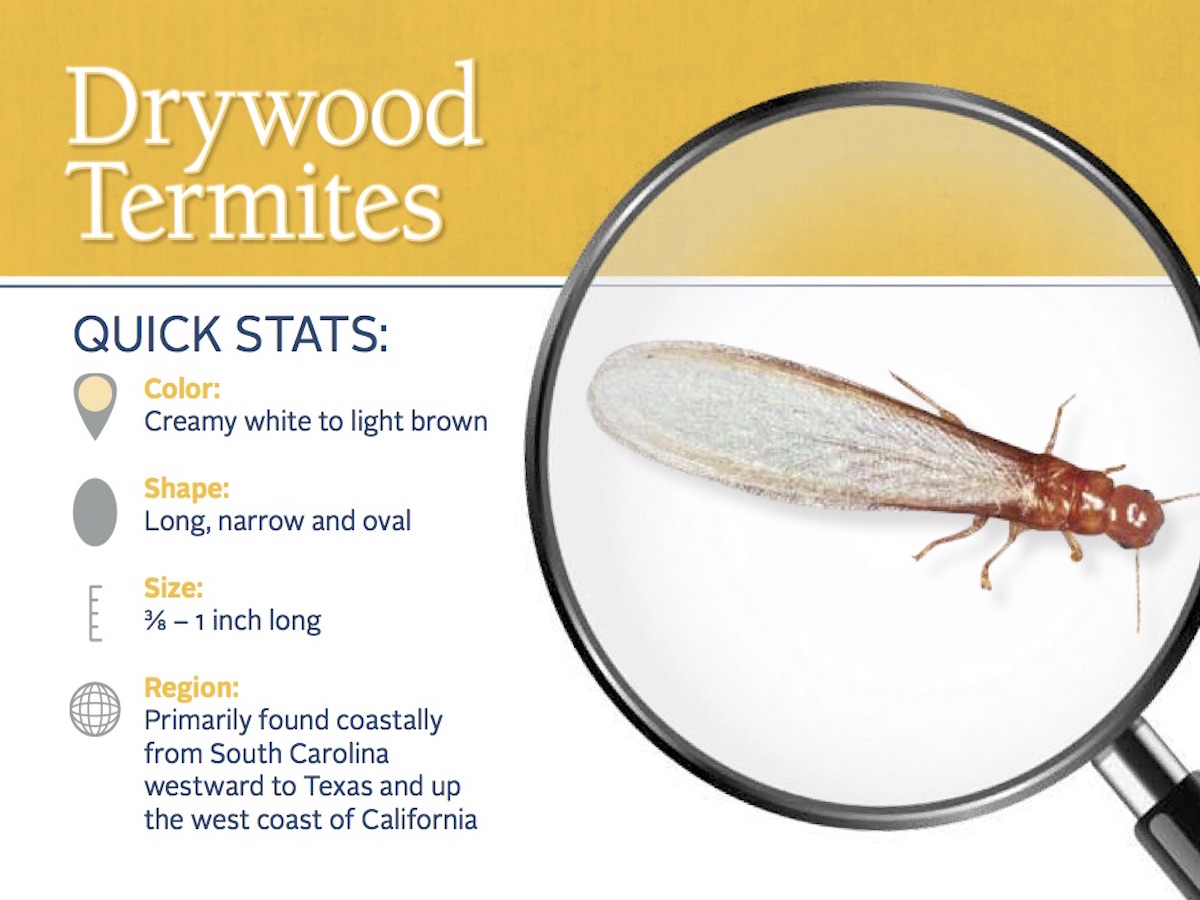
Drywood termites can be treated by spot treating them with a borate-based product. This method involves injecting the product directly into their galleries, or tunnels, to kill the termites. The borate-based product can also be applied to the surface of the wood to prevent further damage.
Signs of Termites
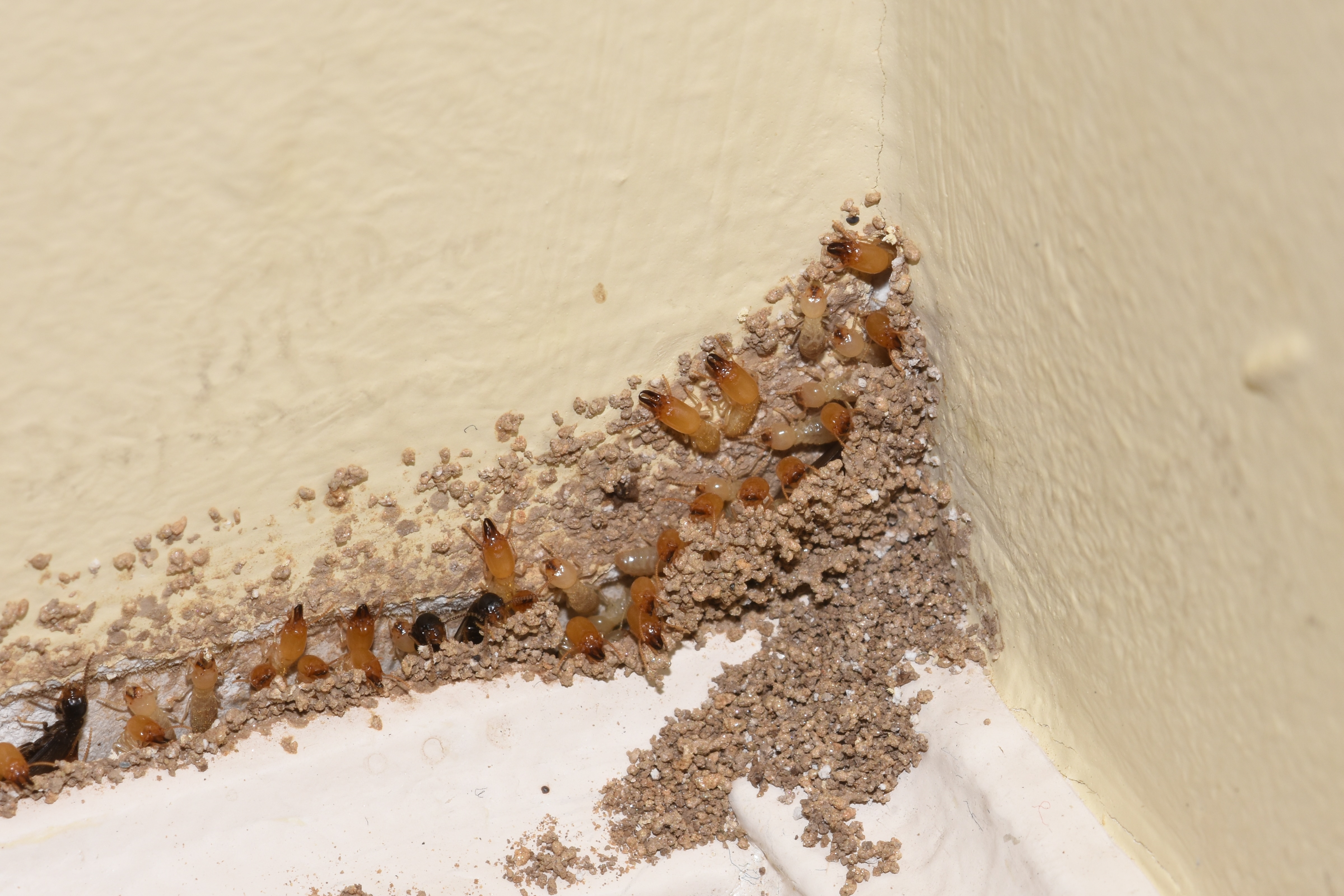
| Signs | Description |
|---|---|
| Mud Tubes | Termites build tubes of mud to connect the soil to their colonies. These tubes can be found on foundations and walls near wood. |
| Noise | Termites are known to produce a rustling noise in the walls. Use a stethoscope to listen for it. |
| Pellets | Termites leave behind small pellets made of their excrement. These can easily be spotted and identified. |
| Discarded Wings | Termites have wings when they swarm, and when they shed them, they can be found on windowsills and other surfaces. |
| Wood Damage | Termites feed on wood, so look for wood that appears to be hollowed out or has been eaten away. |
Causes of Termites
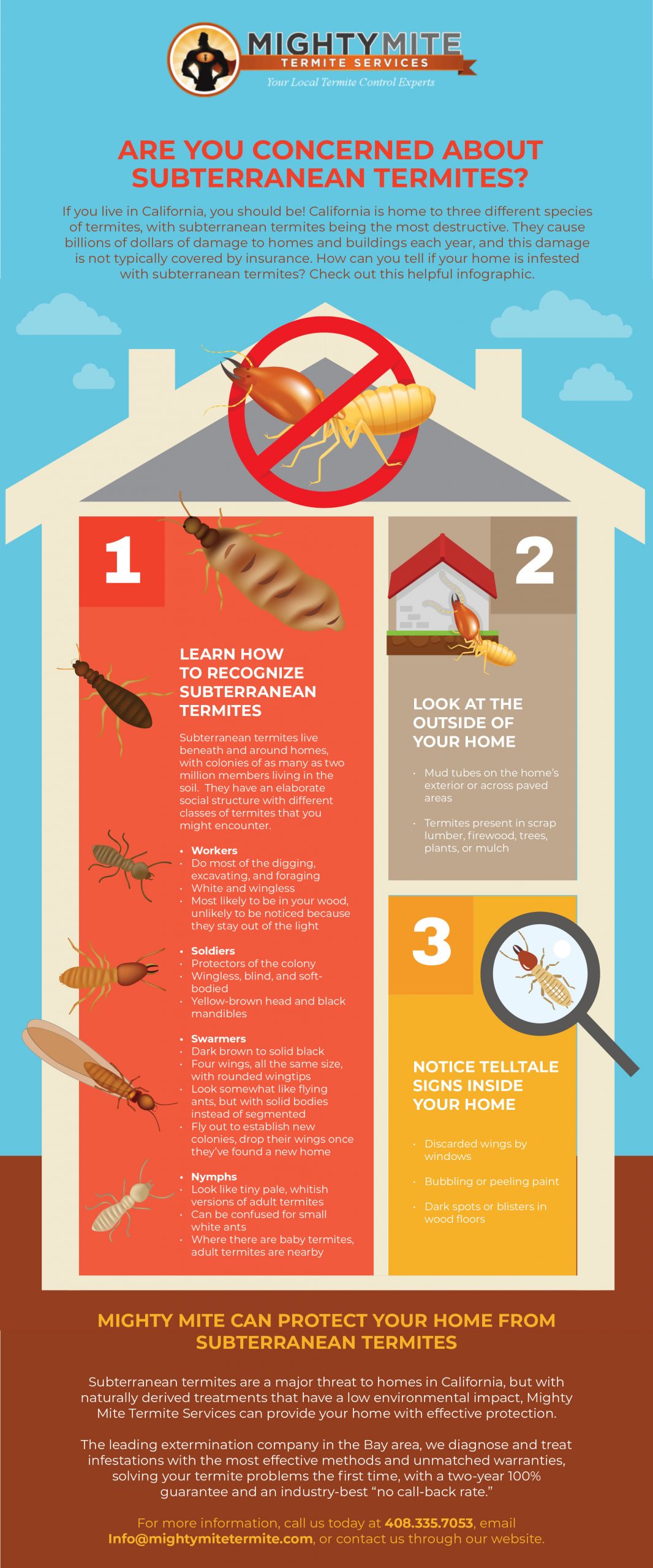
| Cause | Description |
|---|---|
| Moisture | Termites require a moist environment and dampness in the soil can attract them. |
| Wood | Termites are attracted to wood, especially wood that is damp. They feed on wood, paper, and other cellulose materials. |
| Structural Damage | Structural damage to a building can create entry points for termites. |
| Dead Wood | Dead wood, such as stumps and logs, can attract termites. |
| Gaps in Foundation | Gaps in a foundation can provide an entry point for termites. |
What is Spot Treatment?
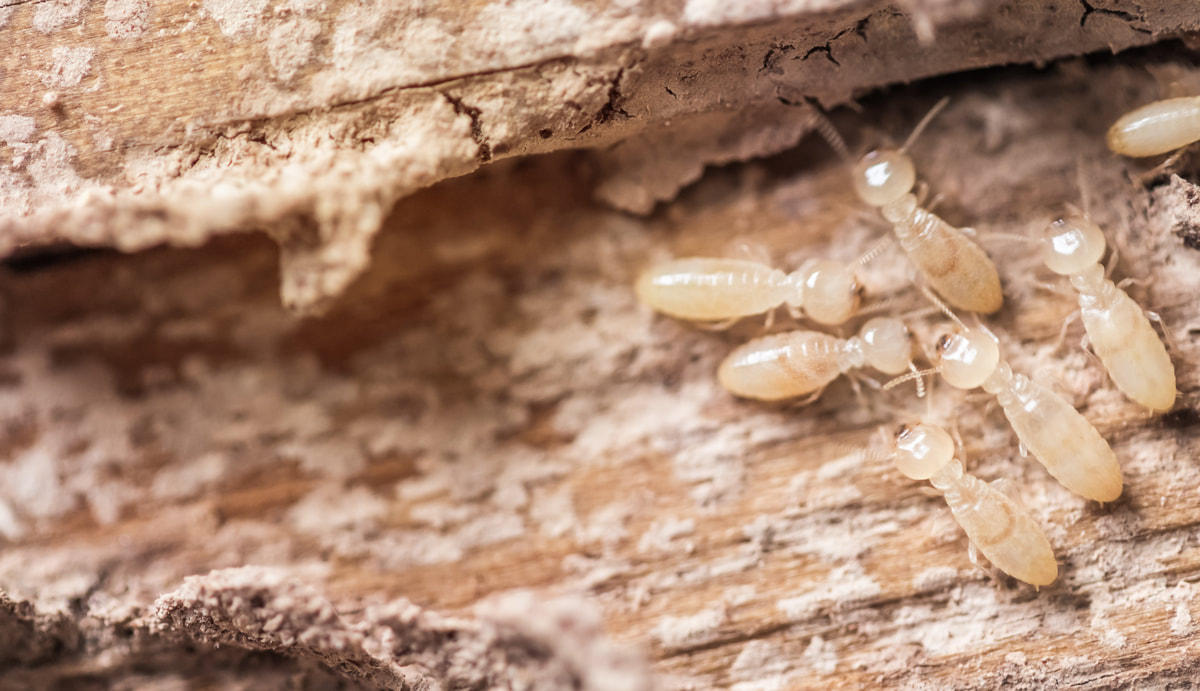
Spot treatment is a type of pest control method that targets a specific area of infestation. It is used to treat localized problems, such as an isolated termite colony, without affecting the entire structure.
Spot treatment involves the following steps:
- Identifying the location of the infestation
- Applying the appropriate pesticide in the affected area
- Monitoring the results of the treatment for a period of time
- Reapplying the pesticide if necessary
Spot treatment is a cost-effective way of dealing with termite infestations as it requires less pesticide and labour than a full-structure treatment. It is also less invasive, as it does not require the entire structure to be treated.
Advantages of Spot Treatment
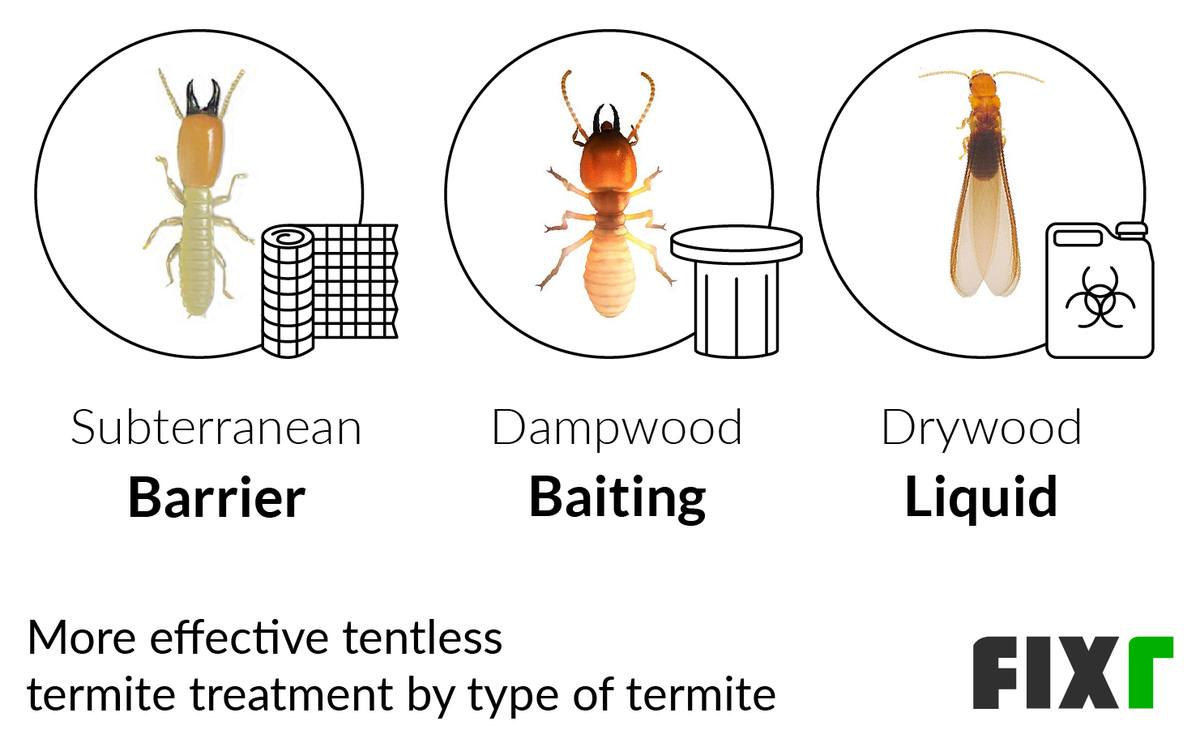
Spot treatments are a great way to control termite infestations because they are cost effective and target only the areas where termites are present. Spot treatments can be done with both chemical and non-chemical methods, allowing the user to choose the best option for their situation. Spot treatments are also less disruptive than whole-structure treatments and can often be done in a single visit. Spot treatments are also able to protect the environment by preventing the use of large amounts of pesticides, which can affect beneficial organisms and contaminate water sources.
Disadvantages of Spot Treatment
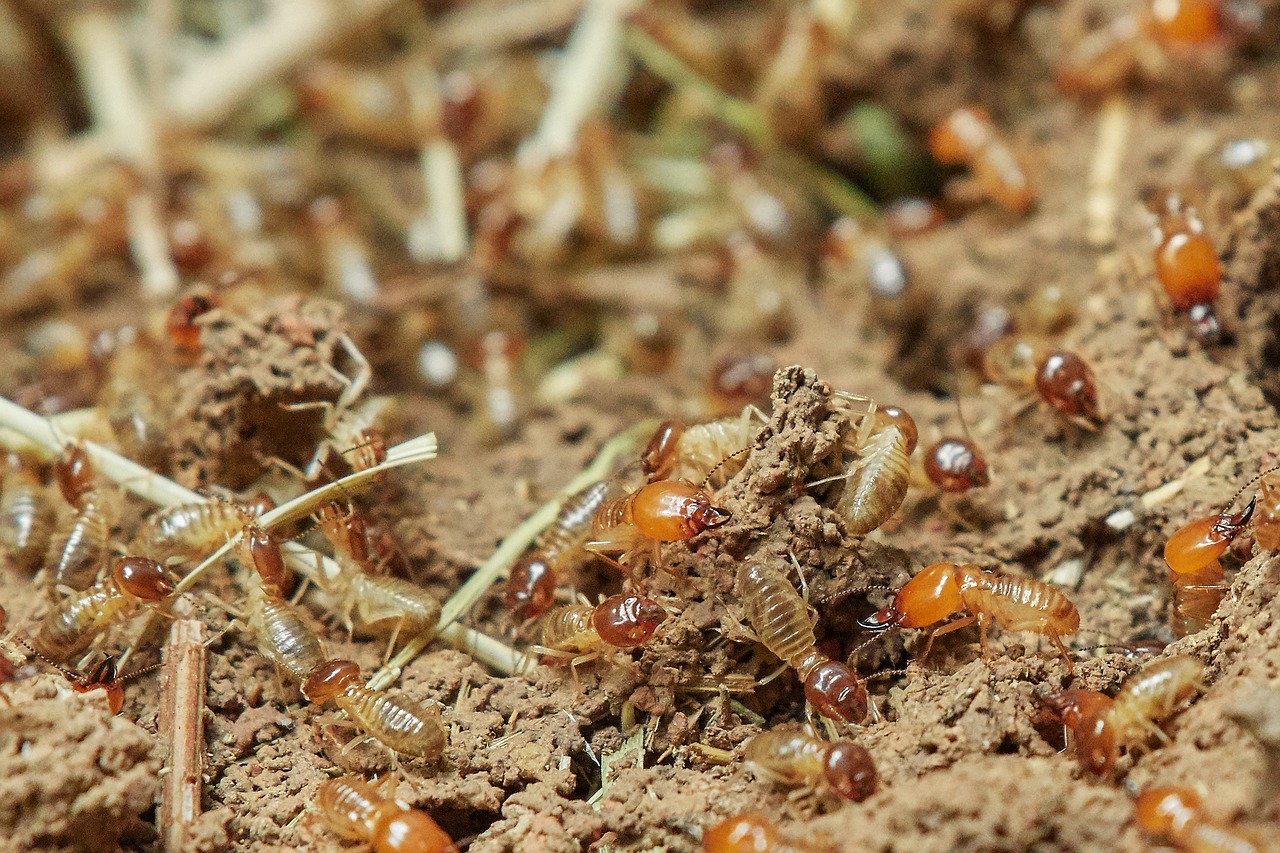
Spot treatments are not a complete solution to termite infestations as they only treat visible termites and eggs, leaving behind any hidden colonies. Spot treatments can also be dangerous for the environment and humans if the chemicals used are not applied properly. Spot treatments also have a short-term effect and need to be repeated regularly to prevent reinfestation. In addition, spot treatments do not provide an overall protection of the structure from termites. Spot treatments require more labor as they have to be applied more frequently and in more places. Lastly, spot treatments can be expensive compared to treatments that are applied to the entire structure.
How to Spot Treat Termites
- Inspect your home’s foundation, walls, and around windows and doors for signs of termite infestation, such as mud tubes, holes in wood, or wings shed by flying termites.
- Mark the areas where you have spotted termites with a marker so that you can easily spot treat them.
- Prepare the spot treatment solution according to the manufacturer’s instructions. This typically involves mixing the product with water.
- Fill a spray bottle with the solution and spray the area of infestation. Make sure to completely cover the area.
- Wait for the product to work. Most spot treatments need to remain on the area for a few hours before the termites are killed.
- Clean up any remaining residue from the spot treatment.
Safety Precautions
When spot treating for termites, it is important to take safety precautions to protect yourself and those around you. Wear long pants, a long-sleeved shirt, shoes and socks, and chemical-resistant gloves when applying the treatment. Wear a dust mask when using dust formulations, and a respirator when using liquid formulations. Keep children and pets away from the treated area, and do not allow anyone to enter the area until the product is completely dry. Do not apply products near water, storm drains, or drainage ditches. Follow the product label instructions carefully, and store pesticides away from food, pet food, and animal feed.
Frequently Asked Questions
What is the best way to spot treat termites?
One of the most effective ways to spot treat termites is to use liquid insecticides. These insecticides can be injected directly into the infested area and provide immediate results. This method is best used for localized infestations and should be done by a professional pest control operator. Bait systems, such as those utilizing hexaflumuron, can also be used to spot treat termites. This method is slower-acting, but it is effective for eliminating colonies of termites.
How do you spot treat drywood termites?
Spot treating drywood termites requires identifying the source of the infestation and treating it directly. This can be done by drilling small holes into the source and injecting the treatment directly into the area. These treatments are often toxic and must be used with caution. Additionally, it is important to follow the manufacturer’s instructions and safety guidelines when using these treatments. It may also be necessary to remove and replace the infested wood to ensure complete elimination.
What are the benefits of spot treating termites?
Spot treating termites has multiple advantages, such as using fewer chemicals, preserving the environment, and saving money. It allows for targeted application of termiticides directly to the infestation without needing to treat the entire structure. This is especially beneficial when dealing with a localized infestation and can reduce the amount of pesticide used. Spot treating also reduces the risk of damaging plants and other non-target organisms in the vicinity of the treatment. Moreover, since it is a more focused approach to termite control, it is often more cost-effective than treating an entire structure.
What are the steps to spot treating termites?
1. Identify the affected area – Look for signs of termite infestation such as wood damage, mud tubes, and shed wings.
2. Prepare the area – Remove all furniture, rugs, and other items from the area. Wear protective gear such as a respirator, gloves, and protective eyewear.
3. Apply the insecticide – Use an appropriate insecticide for termites and follow the directions on the label. Apply the insecticide to the affected area, taking care to not oversaturate the area.
4. Wait for the insecticide to take effect – Depending on the product, wait for the insecticide to take effect. The length of time will vary depending on the product used.
5. Reapply – Depending on the product, reapply the insecticide periodically. Follow the directions on the label.
6. Clean up the area – Once the termites have been eliminated, dispose of any insecticide-contaminated materials. Clean up the area with a vacuum and wash any surfaces with soapy water.
What kind of products should be used to spot treat termites?
Products containing bifenthrin, permethrin, or cyfluthrin should be used to spot treat termites. These products should be injected into areas of the home where termite activity is suspected. Always follow the directions on the product label to ensure the safety and effectiveness of the treatment. Also, it is important to keep people and pets away from the area while the product is being applied.
Conclusion
Spot treating termites is the best way to quickly and easily tackle this pest problem. It involves directly targeting the infested areas with termiticide and using specialized equipment. Doing so can help eliminate active termite colonies, as well as prevent future infestations. However, if the infestation is more severe, it is important to seek professional help to ensure the termites are eliminated completely.

